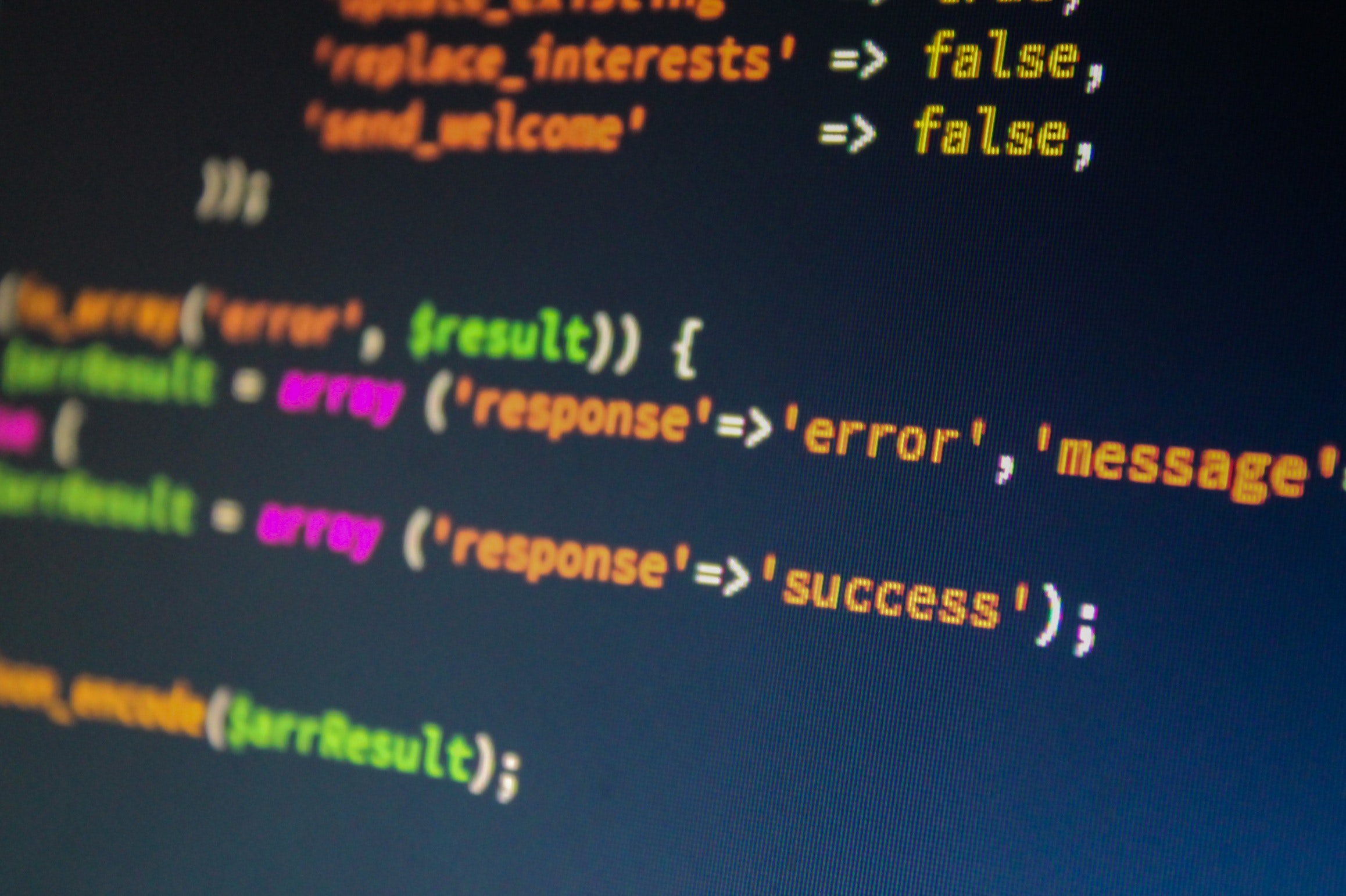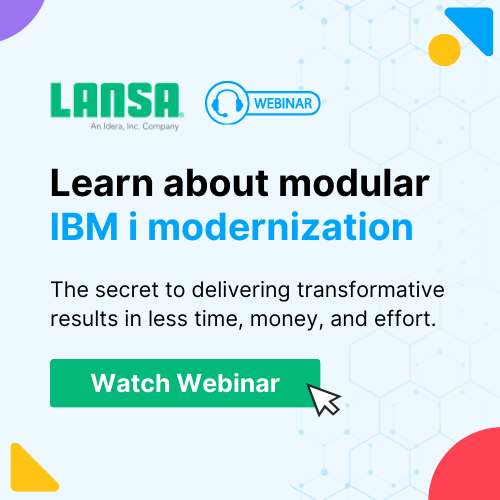The first IBM i software appeared at the end of the last century. However, despite the rapid development of information technology and the creation of modern applications, IBM i software is still quite popular. Companies that use legacy applications should modernize them to meet today’s business needs to make use of benefits like enhanced security. In this article, we will explain what application modernization strategies exist and how they work so that you can choose the ones that are right for you.
What Is IBM i Software?
IBM i is a flexible and stable operation system developed by IBM. It was released in the late 1980s but is still very relevant due to its high security, high performance, and easy deployment and maintenance. Different companies can use IBM i software for a variety of purposes. However, it is very effective for data-intensive tasks such as ERP systems, manufacturing, etc.
Why Do You Need to Modernize IBM i Software?
IBM i software is still widely used and critical to business. Creating equivalent new applications is a very complex and expensive process, which is why companies use legacy applications. However, with ever-growing and changing business needs, as well as the rapid development of new technologies, the use of legacy applications can cause a lot of problems. Among them are:
- Lack of skilled professionals who can work with old technologies to support legacy applications.
- Difficulties of integration with modern applications.
- Lack of an easy way to innovate.
- Inability to scale to meet growing business needs.
- High maintenance cost.
You can solve all of these problems by modernizing legacy IBM i software.
Grab the chance to learn everything about IBM at the annual POWERUp sessions held by the COMMON community.
Which Techniques Can Be Used to Modernize IBM i Software?
Legacy application modernization is the process of transforming an original application into a new one using the latest technology and in response to changing business conditions. There are different techniques for modernization applications, which we can divide into several types. Using several different groups of modernization techniques is more useful than using only one. Below, we will explain app modernization techniques, how they work, and how they change the original applications. 
1. What Is Screen Scraping?
This modernization method takes the original screen and presents it in a new graphical format as an application or in a browser. At the same time, the old application works without changes. The screen scraping technique allows you to intercept green screen instructions from legacy applications and adapt them to the new type of display. This method only provides upgrades at the presentation layer though it does offer automation as a possible opportunity as well. The principle of the application does not change.
2. What About Adding A New User Interface?
The method of adding a new user interface allows you to expand the content available on the screen and change the way parts of the screen are displayed. In addition, programmers create scripts that recognize screens, their purpose, and content. This allows you to turn the original screen content into a new presentation. For example, you can turn a green screen into a browser. Scripts can manage the moving process from one screen to another. They can hide and/or add the content of the screen. Although this method allows you to create a modern user interface, the processes and events in the legacy application remain the same.
3. Can Business Functions Be Exposed As Callable Services?
IBM i software performs business functions that are difficult to use by other programs. Exposing legacy applications as callable services solves this problem. Callable services store business functionality and make it available to other applications. Other programs can use these services by calling remote procedures and/or by exchanging messages. This modernization technique examines legacy applications and defines business functionality. After that, web programmers create services using modern software development tools. When other applications need to use a business function, they call a web service that executes the corresponding business function in legacy IBM i software. This allows you to reuse business functions in other applications.
4. Is Migrating The Application An Option?
Migration is a technique that allows you to move blocks of functionality from a legacy application to other applications. Application migration applies the upgrade to business functions, not to the entire application. This method allows you to gradually upgrade the most important functions.
5. What About Re-hosting Or Outsourcing The Application?
Re-hosting allows migrating legacy applications to a different computing platform. At the same time, legacy applications and their environments work without changes, but the main computer equipment and operation systems are new. The re-hosting method allows you to abandon old equipment and operating systems. After applying this method, you can use other modernization techniques to modernize the actual application. The outsourcing method does not change the legacy application. An outsourcing company performs the operation, maintenance, and updates functions. This method is useful when you need your inhouse team to developer a new application. The inhouse developers will not be distracted by the support of the old application, since this is done by an outsourcing company. Re-hosting and outsourcing can be used separately or complement each other.
6. Should We Rewrite The Application?
The rewriting technique allows you to create a new application using modern software development and deployment tools. When you create a new application, you use the features of the legacy one to implement equivalent features using a modern programming language. Rewriting allows you to create a modern application architecture using design patterns. This method provides you the ability to keep the functionality of IBM i software while converting it to modern technologies.
7. Is Replacing The Application A Good Option?
Replacing the application is the creation of a new application instead of using an outdated one. In this method, only the data from the legacy application is used in the new one. The disadvantage of this method is the risk of disrupting business operations during the transition. In addition, new systems are more expensive and take longer to implement. https://www.youtube.com/watch?v=7t6a3ZSdKgg
Why Should You Choose LANSA to Modernize IBM i Software?
LANSA is a powerful and efficient solution for the modernization of IBM i software. It provides several different tools that complement each other.
- Visual LANSA is a platform for rapid application development with minimal code. It allows you to create mobile, web, and desktop applications.
- RAMP (Rapid Application Modernization Process) is a tool that allows existing functionality to be combined with new capabilities. It lets you build the applications you want without having to throw everything away. Modernization is carried out in stages, and the user interface becomes the same for all applications.
- AXes is a tool that automates the process of building IBM i web applications. With aXes, you can easily convert your existing IBM i 5250 applications into web pages without changing the source code.
Using LANSA tools allows you to innovate faster. With them, you can create flexible, efficient, reliable, and modern business applications that support cross-platform or flexible deployment and integration. LANSA tools are easy to learn. They help modernize and streamline the application development process. Install the trial version of LANSA and start using all the possibilities it provides to modernize your applications.








0 Comments